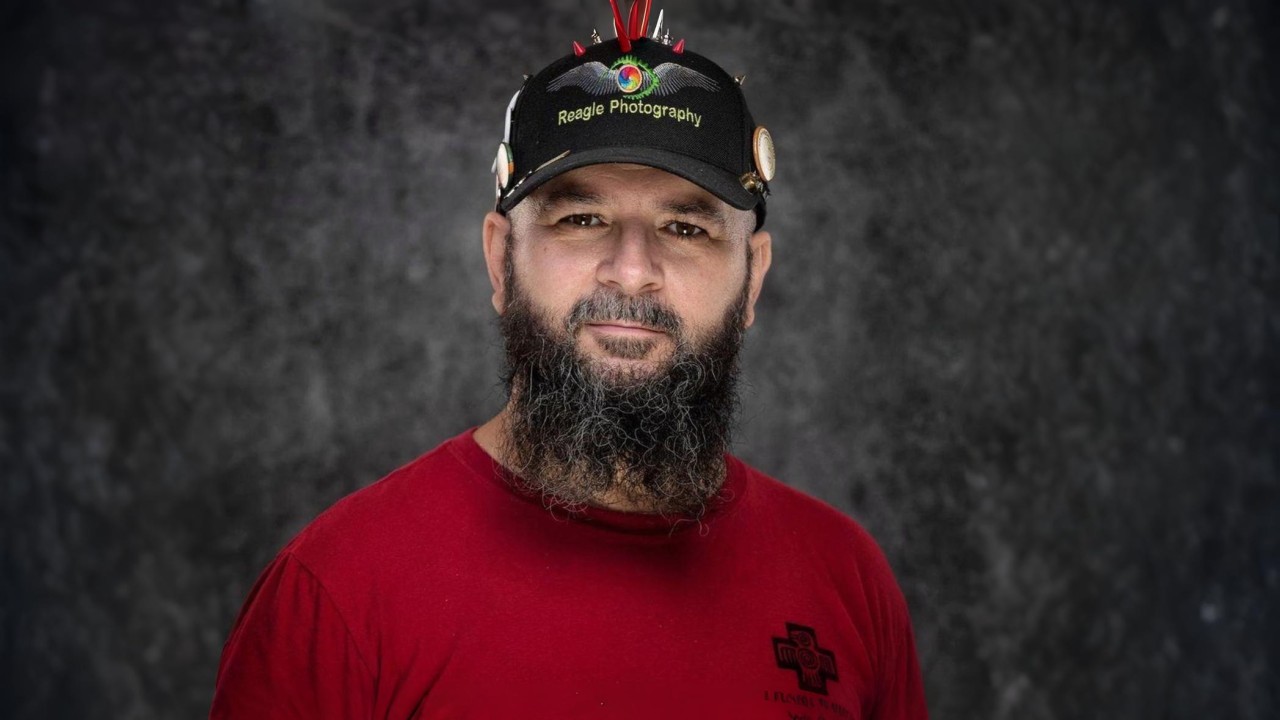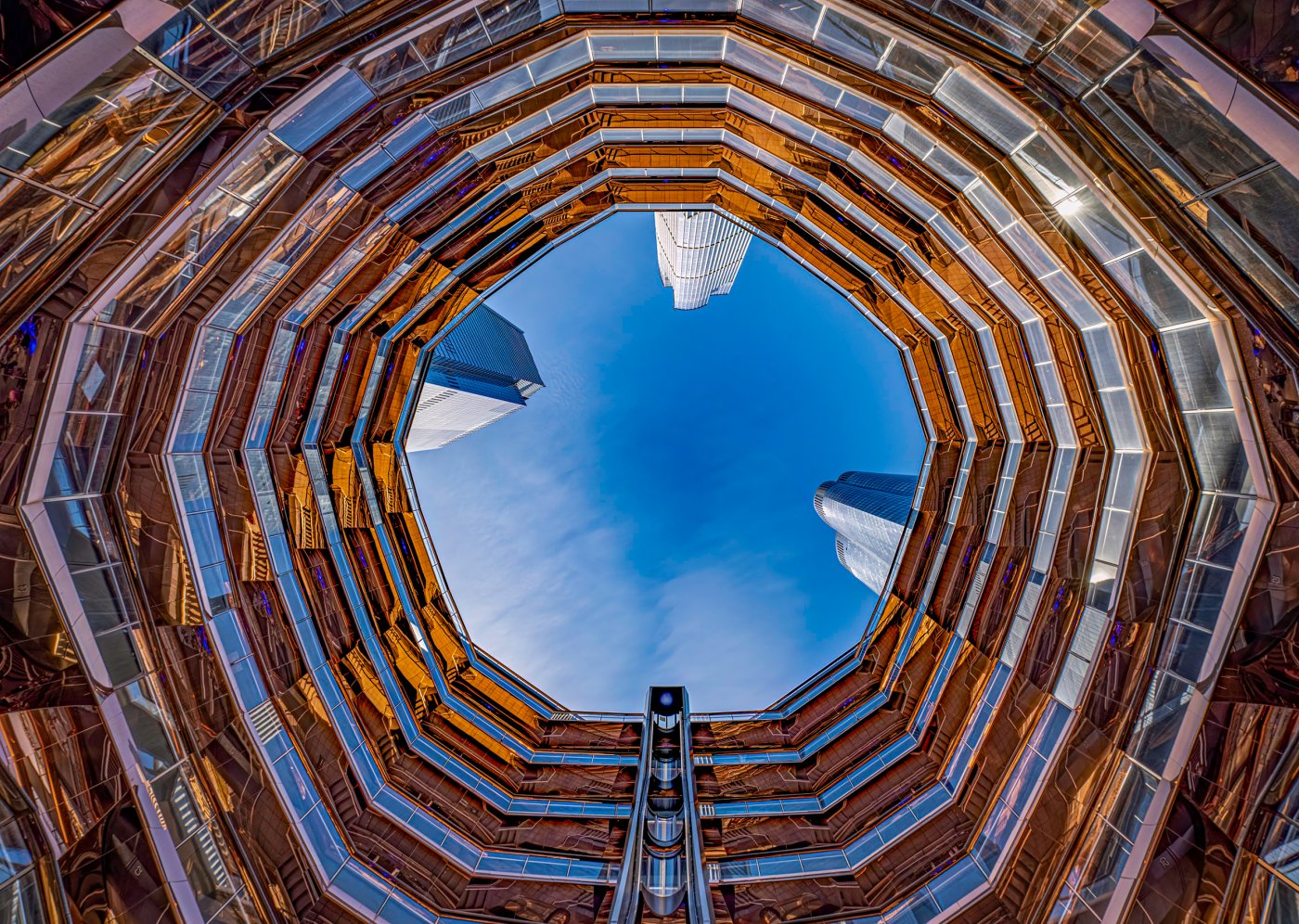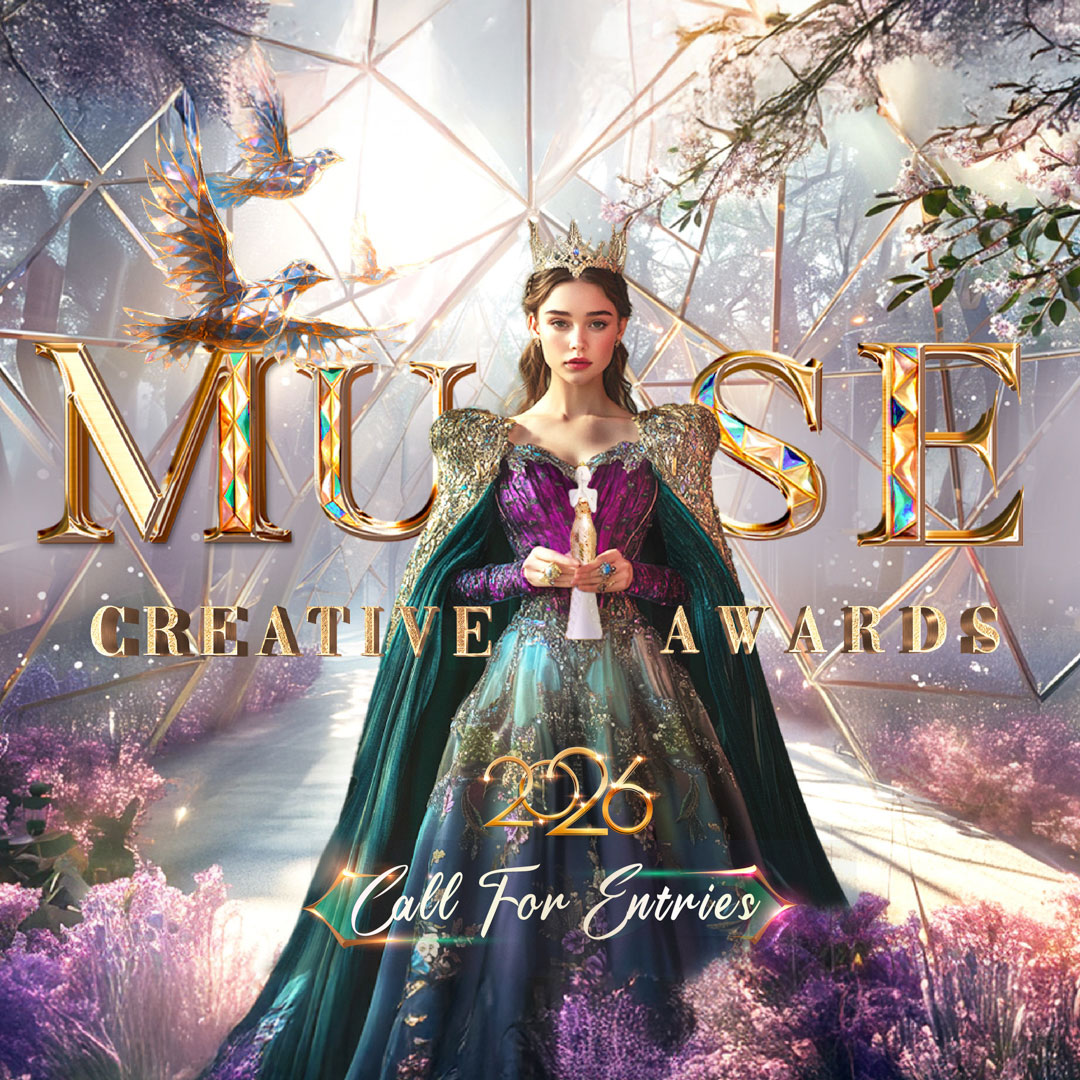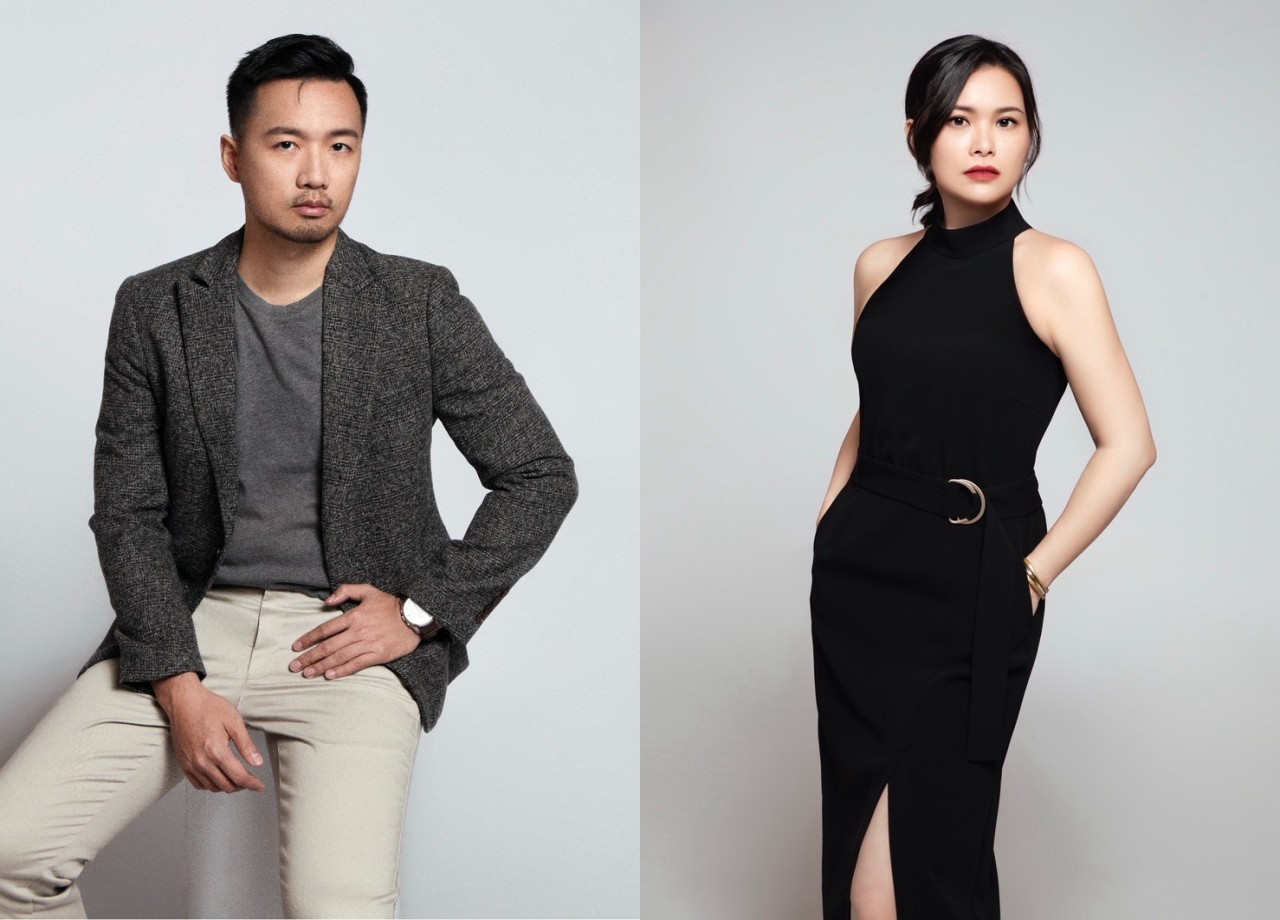From Structure to Soul: Rodrigo Izquierdo’s Journey Through Architecture and Light
Rodrigo Izquierdo
Rodrigo Izquierdo’s photography transforms architecture into visual storytelling, where geometry meets feeling. His work, including his acclaimed image of The Vessel, challenges how we see familiar spaces - urging us to pause, look closer, and find meaning in form.
Thank you so much — it’s truly an honor to be recognized at the Global Photography Awards.
My journey into photography began rather unexpectedly in 2015, during a Valentine’s Day trip with my wife to Page, Arizona. We were exploring the breathtaking canyons, and during our tour of Lower Antelope Canyon, we connected with our guide, Derek Kanaswood — affectionately known as “Mouse.” He saw something in our curiosity and invited us to join him for a night shoot.
That evening changed everything. Derek handed me his Nikon D3300 and introduced me to the magic of night photography — steel wool spinning, long exposures, and my wife gracefully posing under the desert stars. I didn’t know it then, but that spontaneous shoot would become the seed of a passion that’s grown ever since.
Years later, that very image — my first real shot — was selected for an art gallery exhibition. It was surreal. That moment gave me the confidence to start submitting to competitions and to believe that maybe I had something worth sharing. I owe a huge debt of gratitude to Derek for opening that door and to my wife, who’s been my muse and biggest supporter from day one.
Since then, photography has become more than a hobby — it’s a way of seeing, feeling, and connecting with the world. Each frame is a chance to tell a story, and I’m grateful for every step of this journey.
When I photograph architecture, I’m always drawn to perspectives that aren’t immediately obvious — the hidden gems that most people walk past without noticing. I love uncovering those quiet angles where geometry, light, and emotion intersect.
During a trip to New York City with my wife, we visited The Vessel at Hudson Yards, and I was instantly captivated. The structure’s bold symmetry, the interplay of copper tones against the sky, and the way its curves echoed movement and stillness all at once — it felt like the building was inviting me to see it differently.
I took several shots that day, each exploring a different facet of its personality. But one image stood out — the one that ultimately won the category award. It wasn’t just technically strong; it carried the emotion I felt in that moment. Winning this award feels deeply validating. It reminds me that my instinct to chase the overlooked and frame the familiar in unfamiliar ways is worth trusting. It’s a milestone in my journey, and it encourages me to keep pushing boundaries and seeing the world with fresh eyes.
When it comes to choosing a photo for a competition, I approach it with both strategy and intuition. I start by studying the gallery of previous winners in the category — not to imitate, but to understand the visual language and emotional tone that resonates with the judges. It gives me insight into what kinds of stories or aesthetics have stood out in the past.
Then I turn inward and revisit my own work with fresh eyes. I’m looking for an image that not only aligns with the competition’s spirit but also stays true to my personal style — something that reflects how I see the world. It’s a balancing act between honoring my creative voice and anticipating what might connect with others.
Ultimately, I choose the photo that feels most authentic and compelling, the one that makes me pause and think, 'This is me, and this is what I want to say.
When I told my friends I was becoming a professional photographer, they laughed — not out of disbelief, but because they said they’d seen it coming long before I did. That moment made me pause and look back through old photos, and I realized something profound: as far back as I can remember, I’ve always had a camera in my hands. It was never a conscious decision at first — photography was simply how I engaged with the world.
I didn’t grow up thinking 'I’ll be a photographer.' I just knew I loved capturing emotion, framing moments that told a story without words, and finding angles that others might overlook. It was my way of seeing — of noticing the quiet beauty in everyday scenes and expressing what I felt through composition and light.
Eventually, I understood that this wasn’t just a hobby or instinct — it was a calling. And once I embraced that, everything started to align.
Asking me to choose a favorite type of photography is like asking what kind of air I prefer to breathe — each style nourishes a different part of me. I’m in love with the diversity of the craft, and each genre offers its own kind of magic.
I’m drawn to fine art portraiture because it allows me to build entire worlds from scratch — crafting one-of-a-kind costumes, concepts, and moods that turn a single frame into a visual story. Nature photography speaks to my sense of wonder and urgency; it’s about capturing fleeting moments of beauty, sometimes of species that may not be here tomorrow, and sharing them with people who might never get to witness them firsthand.
Concert photography is a thrilling challenge — trying to distill the energy, emotion, and artistry of another performer into a still image is no small feat. And then there’s everything else: events, landscapes, architecture, pets — each one demands a different lens, both technically and emotionally. I can’t pick just one, at least not yet. Photography, for me, is about exploration, and I’m still discovering new ways to see and feel through it.
It’s tough to name a single go-to camera setup because my work spans such a wide range of subjects — from fast-moving hummingbirds and race cars to carefully lit studio portraits and architectural studies. Each scenario demands a different combination of tools, and over the years, I’ve learned that flexibility is key.
My journey started with a Kodak point-and-shoot, then evolved through a Canon PowerShot, followed by my first DSLR and mirrorless systems from Nikon. Today, I primarily shoot with Sony gear, which offers incredible dynamic range and autofocus speed — perfect for both action and detail. I also carry a compact Olympus for specific environments where portability and discretion are essential.
Rather than being loyal to one brand or setup, I choose my equipment based on the story I want to tell and the conditions I’ll be working in. I prepare thoroughly for each shoot, researching the subject, scouting locations, and anticipating the inevitable curveballs that photography throws your way. My favorite feature?
Honestly, it’s not just a technical spec — it’s the ability of a camera to disappear in my hands and let me focus entirely on the moment I’m trying to capture.
If someone looked at my work, I’d want them to feel captivated — the kind of awe that stops you in your tracks. Like a child seeing the ocean for the first time, eyes wide with wonder and heart open to possibility.
Or a lover waking up the morning after their wedding, seeing their partner not just with affection, but with a sense of forever. Or a traveler stepping into a new country, overwhelmed by the beauty, the unfamiliarity, and the thrill of discovery.
I want my images to stir something deep — a sense of connection, curiosity, and emotion. Whether it’s a portrait, a landscape, or a fleeting moment in nature, I hope the viewer feels transported, as if they’re experiencing something for the first time, even if they’ve seen it a hundred times before.
The most challenging part of capturing my winning shot was letting go of the vision I had so carefully crafted in advance. I’d done my research on the location — The Vessel in New York City — and arrived with a clear idea of the angles and perspectives I wanted to explore, many of which depended on access to the upper levels. But when I got there, I discovered those areas were closed to the public.
In that moment, I had to pivot — to release my expectations and embrace what was actually in front of me. It became less about executing a plan and more about being fully present, observing the light, the shapes, the movement around me with fresh eyes. That shift challenged me to trust my instincts and respond to the environment in real time.
Ironically, it was that openness — that willingness to adapt — that led me to the image that ultimately won. It reminded me that sometimes the most powerful shots come not from control, but from surrender.
Whenever I feel creatively worn out or need to reconnect with the heart of why I photograph, I return to nature. It’s my reset button — a place where silence speaks and movement tells stories. And if I’m lucky, I find myself in the company of hummingbirds.
There’s something magical about those tiny flyers. They move with such urgency and grace, defying gravity and expectation. Capturing them is never easy — they challenge my patience, my reflexes, and my eye — but they also remind me why I fell in love with photography in the first place. Each frame is a chance to see something familiar in a new way, to freeze a moment that most people miss. Nature, and especially hummingbirds, always bring me back to wonder.
My biggest influences in photography span both subject and style, and each has left a distinct imprint on how I see and create.
For my nature work, Joel Sartore and his Photo Ark project have been profoundly inspiring. His ability to bring a fine art studio sensibility into the wild — capturing endangered species with dignity, intimacy, and emotional weight — has deeply influenced how I approach wildlife. I strive to evoke that same reverence and clarity, even when working in unpredictable outdoor environments.
In portraiture, I’m continually inspired by Joel Grimes, whose bold creativity and technical precision push the boundaries of what a portrait can be. His work reminds me that lighting and composition are tools for storytelling, not just aesthetics. And Lindsay Adler’s fearless use of color and fashion — her ability to turn a concept into a visual symphony — has encouraged me to experiment more boldly with styling and mood.
Together, these artists have helped me shape a style that’s both emotionally resonant and visually striking. They’ve taught me that photography isn’t just about capturing what’s in front of the lens — it’s about revealing something deeper, something felt.
Photography awards aren’t just about accolades—they’re invitations to evolve. Entering competitions challenges you to step outside your comfort zone, to see with fresh eyes, and to refine your voice as an artist. It’s a chance to transform your passion into purpose, to share your perspective with a wider audience, and to connect with a community that celebrates the power of visual storytelling. Whether you're capturing quiet intimacy or bold protest, your work deserves to be seen, felt, and remembered.
Advice to Excel in the Competition:
Start by choosing contests that align with your values and artistic goals. Read the guidelines closely—not just to meet the criteria, but to understand the spirit of the challenge. Curate your submissions with intention: select images that speak to a theme, evoke emotion, and showcase your technical and creative range.
And above all, stay true to your vision. Judges respond to authenticity, to work that carries heart and meaning. Prepare meticulously, research past winners, and don’t be afraid to take risks. Growth lives in the stretch.
Start where your heart leads you. Photograph what moves you, what feels instinctive, effortless, and alive in your hands. Whether it’s the way light dances on a pet’s fur, the quiet dignity of a stranger’s face, or the wild pulse of a concert crowd, let your early work be a reflection of what you love. That connection will give your images soul.
As you grow, don’t be afraid to stretch. Learn new techniques, explore unfamiliar genres, and embrace the discomfort of trying something new. Each challenge is a doorway to deeper understanding—not just of photography, but of yourself. The camera is more than a tool; it’s a way of seeing. So keep asking questions, keep experimenting, and above all, keep feeling.
Editing and post-processing are tools—not crutches—in my creative workflow. I value the integrity of what’s captured in-camera, and I invest deeply in creating practical effects that feel tangible, honest, and emotionally resonant. Whether it’s the texture of body paint, the interplay of natural light, or the raw energy of a live moment, I strive to make the image feel real before it ever reaches the editing stage.
Post-processing plays a supporting role: it helps refine mood, balance tones, and polish the final presentation, but it’s never the soul of the work. For me, the magic happens in the moment of capture—in the preparation, the collaboration, and the trust between artist and subject. Editing enhances; it doesn’t define.
Technology, including AI, is reshaping the creative landscape—not by replacing the artist, but by expanding the possibilities. I see AI as a tool, like any other: its value depends on how we use it. Right now, it feels limitless, full of potential to streamline workflows, spark new ideas, and even challenge how we define authorship. But as we engage with it more deeply, we’ll begin to understand its boundaries—and its strengths.
For me, the soul of photography still lives in the moment of capture: in preparation, collaboration, and emotional truth. AI can assist with refining language, organizing images, or enhancing post-production, but it can’t replicate the human instinct to feel, to connect, to see. I’m excited to explore how it can support my process—especially in storytelling and presentation—but I’ll always return to the heartbeat of the image itself.
If I could photograph anything in the world, I would choose to be present at the moment a new species is discovered in a wildlife or nature preserve. To witness and document something never seen before—a creature emerging from the shadows of scientific mystery into the light—would be a profound privilege.
I imagine the image not just as documentation, but as reverence—a portrait of life reminding us how much we still have to learn, protect, and celebrate. That kind of photograph would carry the weight of wonder and the urgency of preservation. It would be a testament to the wild magic that still exists beyond the edges of our maps.
Winning Entries

Coronado Ferry Pier
Read about the Global Photography Awards Photographer of the Year (Professional) through the interview titled "The Moment That Moved the Sky: Inside Savadmon Avalachamveettil’s Award-Winning Shot" here.
ADVERTISEMENT








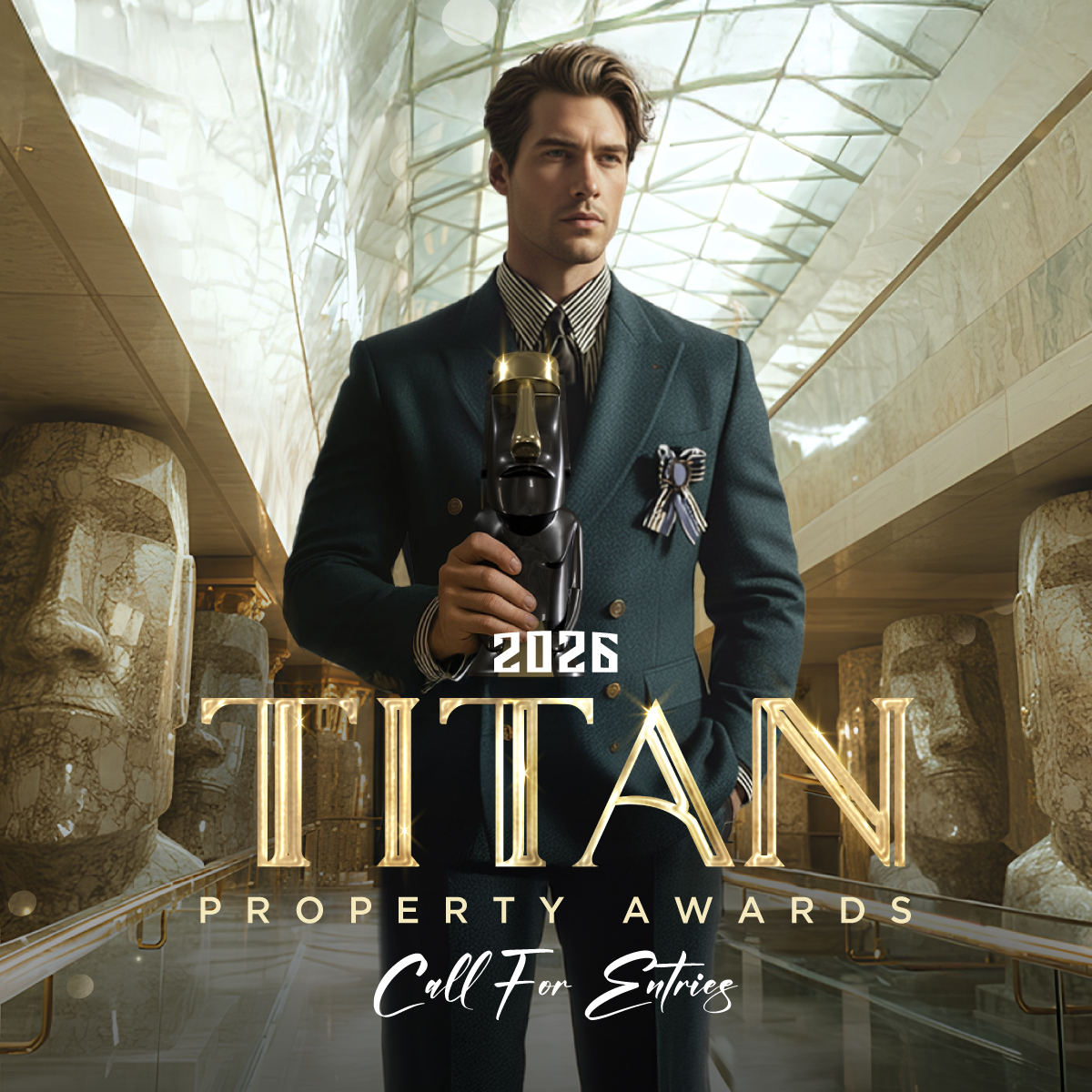

IAA GLOBAL AWARDS
MUSE Awards
Vega Awards
NYX Awards
TITAN Awards
- TITAN Business Awards
- TITAN American Business Awards
- TITAN Property Awards
- TITAN Women In Business Awards
- TITAN Health Awards
- TITAN Innovation Awards
- TITAN Brand Awards

